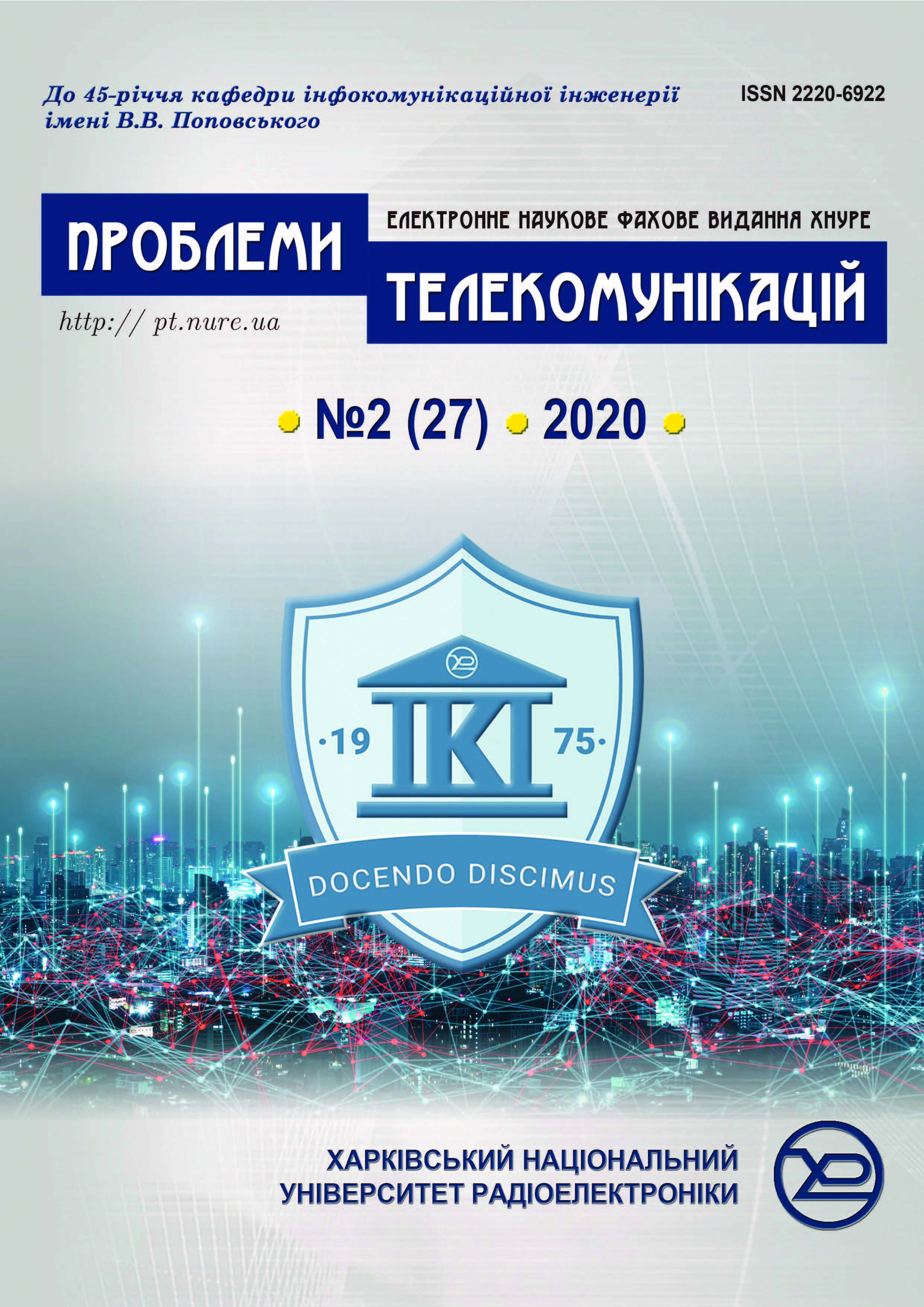Flow-based Routing Model with Load Balancing on the Traffic Engineering Principles Taking into Account the Information Security Risks
DOI:
https://doi.org/10.30837/pt.2020.2.03Abstract
A practical approach to load balancing in a telecommunication network (TCN) is implementing Traffic Engineering (TE) technology principles to reduce link utilization and improve QoS level. In order to adapt TE solutions with network security requirements, this paper proposes a mathematical model for secure routing, which belongs to the class of flow-based optimization solutions. The model is based on the conditions of multi-flow routing implementation, flow conservation, and TCN link overload prevention. Due to this, the problem of secure routing is formulated in an optimization form. The model’s novelty is the modified conditions of load balancing in TCN. Along with the indicators of link capacity with the help of weighting coefficients, the network security (NS) indicators of TCN elements are also taken into account. The network security (NS) indicators in the TCN modeling process include information security risks of routers and communication links, losses from breach of confidentiality and integrity of information, probability of existing vulnerabilities exploitation, etc. The study confirmed the effectiveness of the proposed solution. On the test TCN topology, it is demonstrated that the use of a secure routing model allows to calculate the routes and provide such an order of load balancing, which compromises meeting the requirements of both QoS and NS. In the routing process, information security risk reduction in packet transmission by about 11.3% was accompanied by an increase (on average by 26%) in the upper bound of the network link utilization
Downloads
Published
Issue
Section
License
Copyright (c) 2021 Yevdokymenko Maryna, Shapoval Maryna, Krepko Alla

This work is licensed under a Creative Commons Attribution-NonCommercial-ShareAlike 4.0 International License.
Authors who publish with this journal agree to the following terms:- Authors retain copyright and grant the journal right of first publication with the work simultaneously licensed under a Creative Commons Attribution License that allows others to share the work with an acknowledgment of the work's authorship and initial publication in this journal.
- Authors are able to enter into separate, additional contractual arrangements for the non-exclusive distribution of the journal's published version of the work (e.g., post it to an institutional repository or publish it in a book), with an acknowledgment of its initial publication in this journal.
- Authors are permitted and encouraged to post their work online (e.g., in institutional repositories or on their website) prior to and during the submission process, as it can lead to productive exchanges, as well as earlier and greater citation of published work (See The Effect of Open Access).

